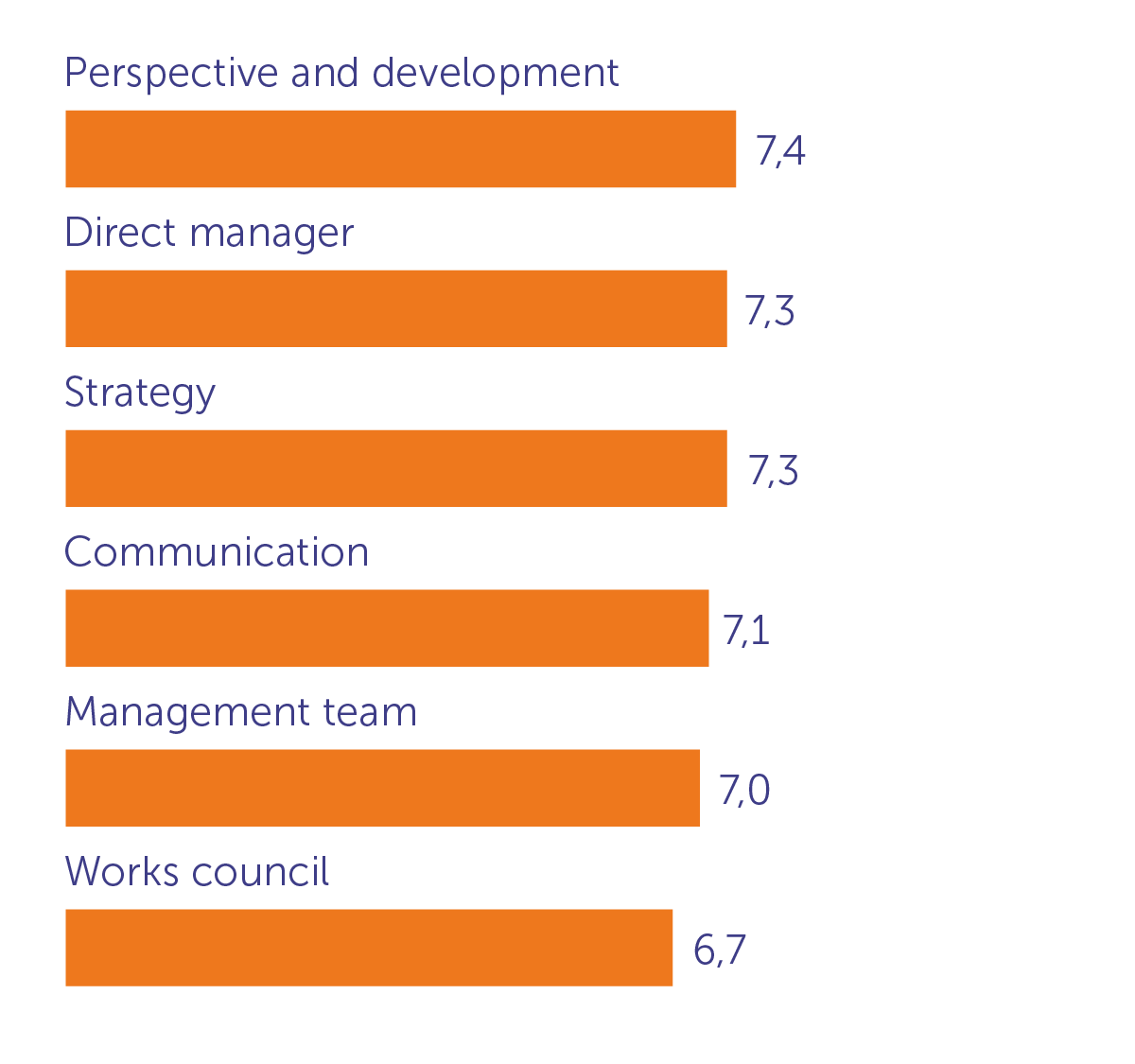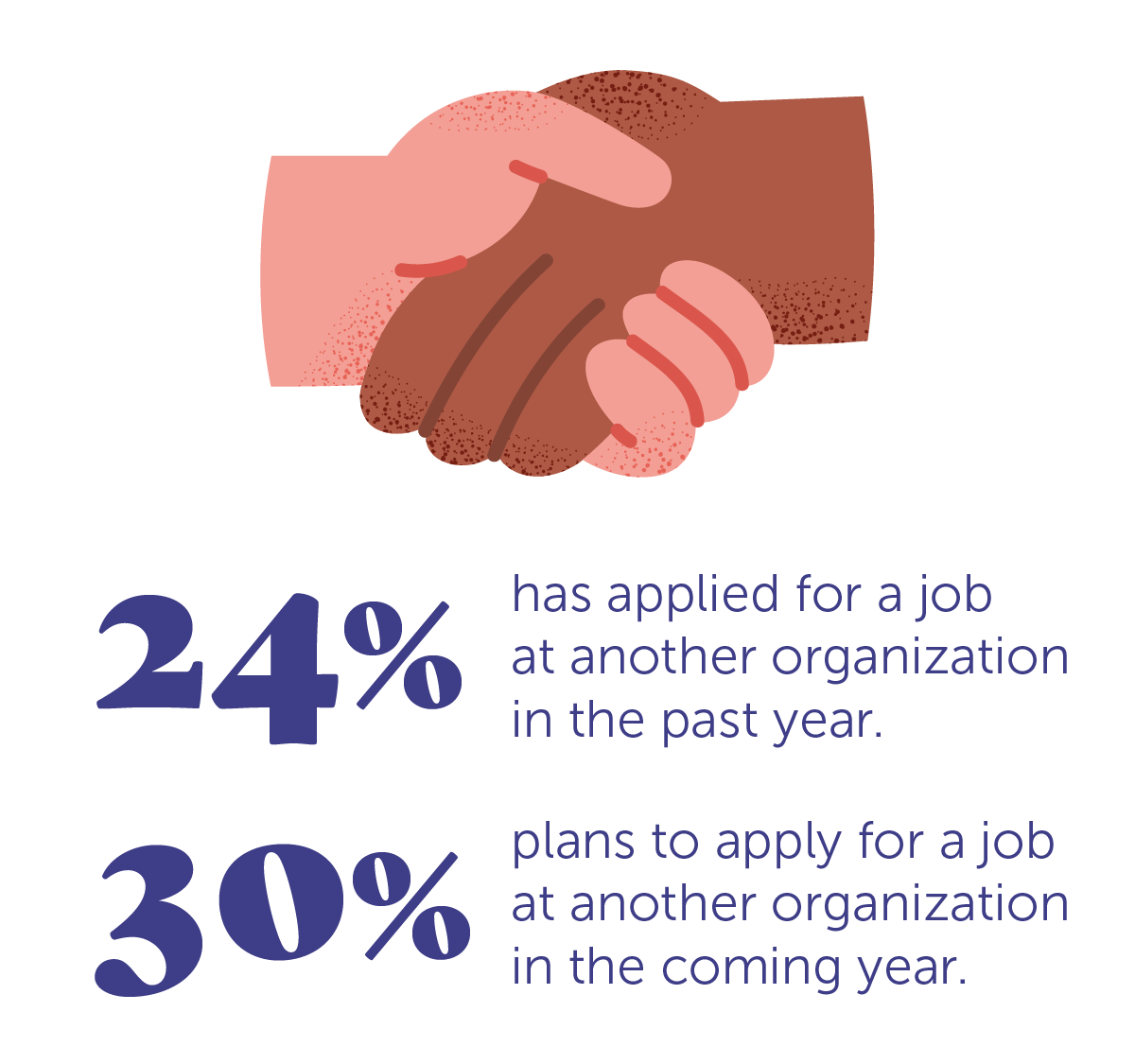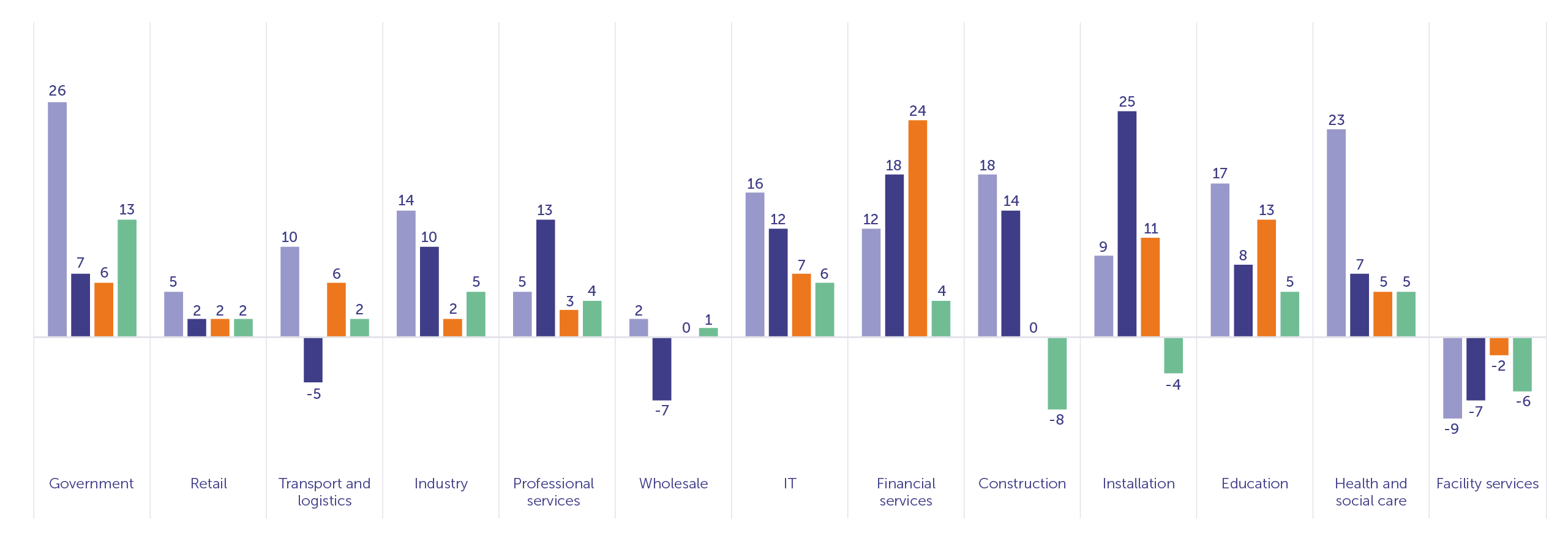Successfully getting started with the results
j.breijer
You’ve analyzed the results, time for action. The only thing that has actually happened so far is a measurement. Just like a family doctor taking a quick measurement of your blood pressure. This measurement is important and also certainly necessary to see how healthy you are and part of the diagnosis, but this blood pressure monitor itself is not going to make you better. The actions that follow from it will.

Here it is good to also see the bigger picture again. To stay in the metaphor of the family doctor for a moment: you are going to implement the treatment plan to get healthy again. Being healthy is that bigger picture. You are not going to take those pills just because the doctor said so and because the blood pressure monitor indicated so. In the same way, you don’t start working on the research results purely because follow-up is part of it and because someone in the organization asked for it. See the bigger picture: what is ultimately what you want to achieve as an organization? Conducting and following up on a survey is only a means, not an end in itself. So how do you go about it successfully? Unfortunately, there is no one size fits all. Below we share some general steps and tips that we know will get you right in many cases. Whether it will actually be a great success depends of course on your situation. That’s why we prefer to help you get started personally.
Personal advice? Schedule a consultation with Integron.

Getting started with your team in 7 steps
Step 1: Prepare and define the goal
The first step, of course, is to schedule a meeting with the team. We recommend doing this on location and taking your time. Next, you may start making preparations. Analyze the results, make a presentation, for example, and come up with a plan on how you want to approach the meeting. In doing so, we advise you to set goals for the meeting. For example, ask yourself: What do you want to get out of the meeting? What has been achieved after the meeting that was not there before? In doing so, also see the larger organizational goal. The survey was conducted for a reason and you were asked to work with the results for a reason. What is this reason? Learn to understand how your actions fit into the bigger picture.
Step 2: Discuss the results with the team
At the team meeting, of course, the results should be discussed with each other (e.g., using a presentation). Find balance between positive and negative issues here. Enter into the conversation and learn to understand each other.
Step 3: Determine focus
When the results are clear to everyone, it is time to determine focus. Anything goes, but not everything at once. Choose one or two items that you will work on together. Make this choice together.
Step 4: Describe the current and desired situation
Now that it is clear what you are going to focus on, it is important to describe the current and desired situation. Looking at the chosen focus point, what does the situation look like now? What is not right now? What is the desire? What would the situation ideally look like? Describe both accurately and get a sharp picture together.
Step 5: Determine the core of the problem
When the current and desired situations are clear, we as humans are quick to jump into solutions. Moreover, when describing the desired situation, we are often told how it can be solved as quickly as possible. This is an enormous pitfall. The danger here is that the solutions do not match the core of the problem and ultimately nothing at all is solved. Subdue the tendency to solve immediately and get to the heart of the problem together first. What is the difference between the current and desired situation? Why is there this difference? What is behind it? And what is behind this? Ask yourself several times the question, Why?
Step 6: Devise solutions and move to actions
Only when the core of the problem is really clear can you start thinking of solutions. In doing so, be critical by always asking yourself: What are we going to achieve with this solution? How will this solution bring us to the desired situation? Then translate the solutions into concrete actions.
Step 7: Choose an owner and secure the actions
Unfortunately, just coming up with actions is still not enough. It actually has to be done. Choose one owner for each action and set a deadline. By the way, just because someone is an owner of an action does not mean that he or she has to perform this action all by himself. He or she is only responsible for making it happen. Finally, we recommend that you secure the topic by, for example, keeping it on the agenda for an extended period of time.
Rather have your team meeting guided by the experts Integron? Click here!

7 tips for good conversation
Starting the conversation with your employees about feedback can be quite exciting. Good preparation and going into the conversation with the right mindset is therefore very important. Be sure to read the tips below beforehand:
Never take feedback personally and don’t defend yourself
See feedback as an opportunity to improve. In addition, feedback is “only” an employee’s experience and not the absolute truth (if it exists at all). This experience is allowed to be there (just as your experience is allowed to be there) and you will discuss it together. As difficult as this can be, see this neutrally. Are you afraid that you will still feel attacked or defend yourself? Think about what is the best thing to do in such a situation and, if necessary, ask a colleague for help. ‘As soon as I notice that it affects me personally and I start defending myself, I indicate this and step back.’
Is there a lot of critical feedback? Make sure you act quickly
Nothing is more annoying than waiting a long time when you are already dissatisfied. This often only makes the situation worse.
Listen, question and try to understand
This is not about who is right. Your opinion/truth may be different from the employee’s. Ask open-ended questions and listen carefully to what employees say. Let employees talk and listen with the goal of understanding the other person, not with the goal of reacting or convincing another person of your point of view. In doing so, also try to keep your point of view as a manager in front of you as much as possible.
Find out the perception behind the numbers
In the end, it’s not about whether something was given a 7 or an 8; it’s about the story behind these grades. What exactly do employees mean by this? Define and get to the heart of the problem. Suppose employees are less satisfied with communication. What exactly is the communication about? What exactly are they dissatisfied with and what is behind this?
Link back and honor agreements made
Keeping your appointments is the first step in showing that you take the employee seriously.
Make it clear what someone can expect when
You haven’t changed the whole world in a few hours. Many of your plans will take time. Be clear about this and keep employees informed of progress.
Do it together
Just because you are the manager does not mean that all actions should be yours. Involve employees and do it together. This way, the desired effect is only greater. Alone you may go faster, but together you get further.
Need help before or after? Schedule a coaching call with Integron.
Tips for HR experts
After weeks of preparation and getting the organization excited about the study, it is finally over. Well, finished. The research is over, actually the real party is just beginning. How do you ensure that following up on the survey becomes not just HR’s party, but the entire organization’s? How do you get started now? Here are 5 tips!
Inform all levels of the organization
Once you are aware of the results yourself, it is important to start sharing the information. Don’t keep it with you any longer than necessary and involve the organization. Ultimately, all levels of the organization should know, at least in outline form, what came out of the research. Who gets to know what and when is up to you. Make a plan about who you inform about what at what time.
Be transparent about the process
Not everyone needs to know everything at the same time. Probably first the management will be informed about the results of the research and only later the employee. Possibly this will take some more time and some work sessions will take place first. This is logical and also completely fine, as long as you inform the employee about this. Be transparent about the process. So always ask yourself if you can communicate anything about the process beyond the content. This way you create clear expectations with employees and show that you take feedback seriously.
Put research in context of higher purpose
We said it before: conducting and following up on a survey is a means, not the end in itself. What is the higher goal you want to achieve with the organization? How does the research and result fit into this? If you look at the organizational goals and then at the research result, are you on the right track or not?
Attach the research to existing projects/processes
The organization is probably already working on a lot of great initiatives. Following up on the research result may then feel like yet another thing on top of that. That is not necessary at all. Link the result to the current projects and processes and use it as input to optimize these.
Do it together
Just because you are the HR Expert does not mean that all actions should be yours. Involve managers and employees and then, above all, do it together. In this way, the desired effect is only greater. Alone you may go faster, but together you go further.
Need help or advice? Schedule a coaching call here!











